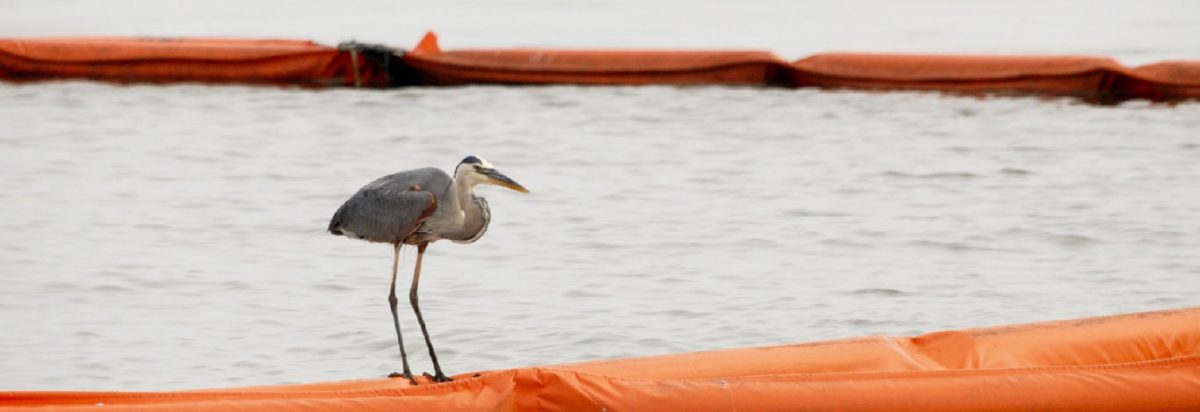The Importance of Environmental Control
In the U.S., dealing with environmentally hazardous liquids calls for conforming to the Environmental Protection Agency (EPA), along with state and local requirements for secondary containment and under-dispenser containment. As part of your response plan in the event of a leak, contingencies are required for leak prevention and control, as well as appropriate countermeasures. Often, meeting these requirements involves placing physical barriers around the site of a potential leak either as a precaution prior to an event, or after its occurrence. According to the U.S. EPA, installing secondary containment measures prior to a leak can result in significant savings, in case one occurs.
Secondary containment can prevent contaminants from leaking into adjoining resources or being released to the environment. They can also help with recovery in case of a leak. Secondary containment is more effective than using absorbent spill kits, as the latter has small capacity, is single-use, and does not permit recovery of the spilled material.
Types of Secondary Containment
Spill Berms
Spill Berms are shallow container-like structures that can be either preemptively installed, or placed after the fact, on the ground under a potential leak point to catch and retain fluids. They provide an impervious barrier that can be constructed by steel, concrete, or most often: a flexible coated fabric material.
Berms and pools made from coated fabrics are flexible, portable, cost-efficient, and lightweight. They come in various types, such as inflatable or with self-rising sides that raise as the liquid level increases. Moreover, they are provided in a variety of standard and customizable sizes, to the point of being used in leak containment applications where a truck is being driven over them. The versatility of such types of secondary containment allows for them to be permanently placed under machinery, or to be used once a leak has occurred.
Booms
Buoyant long-shaped structures made of tough yet flexible coated fabrics, booms are used on open water surfaces to help contain or absorb floating contaminants. They are often equipped with skirts that reach into a certain water depth, to provide better oil or debris control in rough waves or sea surf action. Oftentimes, booms are constructed from absorbent materials in order to help absorb and remove oil.
Containment booms are constructed to be buoyant by either being filled with a buoyant material or by being inflatable. This makes them simple and quick to deploy. Very long booms may come with loops on top for wire or rope to pass through. This will allow for easier handling and manageability.
E Squared Products
E Squared is the joint venture of EPT and Erez, two well-established global leaders in coated fabrics research and manufacturing. With an extensive track record in technical textiles, E Squared can provide coated fabrics for secondary containment products with outstanding performance. Our products perform in the harsh environmental conditions that accompany such operations. These involve extreme uses such as exposure to chemicals, UV radiation, severe temperature and weather conditions. Our products are built to outlast high wear and tear. Our modern coated fabrics offer excellent mechanical properties, maintaining flexibility and durability for extended periods of time.
All of our coated fabrics are thoroughly tested and are approved by the major standard certification bodies internationally. They are available in a wide range of TPU, PVC, EVA, LLDPE, and PVC/PU blends. All of our products are glueable and weldable either by RF or Hot Air. Environmental control and protection applications include oil booms, barriers, flood and leak protection, leak control, berm liners, secondary containment, and inflatable dams.
Stay Ahead of the Curve
Top brands in the environmental control and protection industry use our products. To discover how you can benefit from the high-level E Squared research and manufacturing capabilities, contact us to talk to a specialist.














